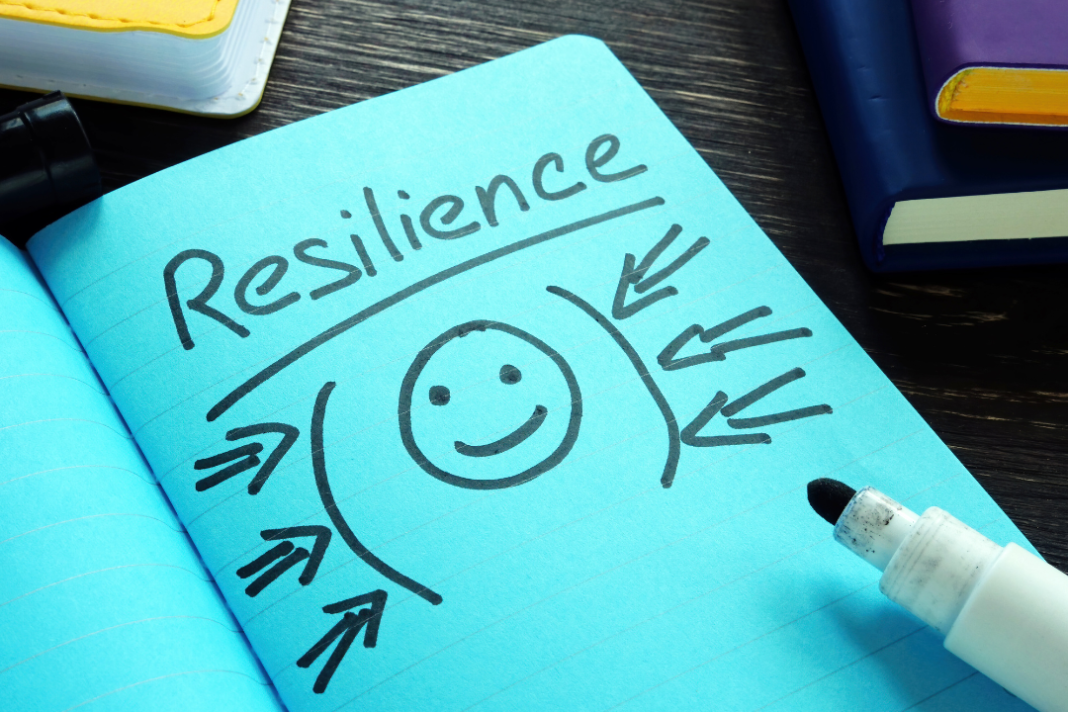You know that one friend who seems to handle anything life throws at them?
The job loss. The breakup. The curveball no one saw coming.
They might flinch, but they never fall apart. And when they come back? It’s with more clarity, more strength, and often… more kindness.
They’re not made of steel. They’ve just built something most of us can learn: a resilient people’s mindset.
It’s not about powering through or pretending everything’s fine. It’s about carrying a quiet confidence that says, “I can get through this, too.”
Here’s what I’ve learned about the four beliefs resilient people live by—and how I’ve started weaving them into my own life, one moment at a time.
1. Everything Is Possible (Even If It Doesn’t Look Like It Yet)
This one hit me hardest during a rough patch I didn’t see coming.
At the time, things felt… impossible. I couldn’t see the way forward. I was stuck in what I call “brain fog mode”—where every option feels too big, too risky, or just out of reach.
But then I met someone who’d been through something similar—and had made it through. She didn’t give me a pep talk. She just told me, “It didn’t make sense at the time, but I kept walking.”
That was it. That’s when I realised: sometimes, you don’t have to see the full picture. You just have to believe there is one.
Quick Shift: Next time you hit a dead end, ask: “What might still be possible here?” Write down three options, even if they feel unrealistic. Just naming them can shift something.
2. I Can Learn Anything
I used to freeze when I didn’t know how to do something. New tech? Pass. Tricky conversations? Avoided. But I started noticing a pattern: the people I admired most weren’t experts—they were learners.
They asked questions, messed up, and kept going.
That’s when I decided to try something I’d been putting off: learning how to manage my own finances (the thing that made my brain glaze over). I started small—one podcast, one book, one conversation. It wasn’t easy, but it wasn’t impossible either. And every tiny win built my confidence.
Pro Tip: What’s one thing you’ve been avoiding because it feels unfamiliar? Google it. Try a five-minute tutorial. Ask someone. That first step is where momentum begins.
3. All Problems Are Solvable (Even If the Solution Isn’t Obvious Yet)
There’s a sticky note on my desk that says: “There’s always a way through.”
I wrote it after a week where everything broke—the tech, the plans, my patience.
Resilient people don’t waste their energy catastrophising (though they definitely feel the stress). They just know there’s a step they can take, even if it’s small, even if it’s not perfect.
I’ve had to remind myself of this in some truly awkward moments—like when I had to apologise for something I got completely wrong. Was it comfortable? Absolutely not. But I asked myself, “What’s one helpful step I can take now?” and I did it.
Mindset Shift: Next time you’re spiralling, try asking, “What’s the next tiny step I can take?” It moves you from helpless to hopeful in a flash.
4. I Am in Control of My Response
This one took the longest to sink in. I used to think control meant fixing things or getting outcomes to go my way.
Now I see it differently.
Control, to me, means knowing I have a say in how I show up—even when everything else feels uncertain. I can set a boundary. Pausing before reacting is also a choice. And sometimes, choosing not to spiral is the most powerful thing I can do.
That’s a quiet kind of power. And it changes everything.
Try This: Make a “control list.” On one side, what’s out of your hands. On the other, what’s yours to influence. It’s grounding—especially on those chaotic days when everything feels up in the air.
The Resilience Factor
These four beliefs—possibility, learning, solvability, and ownership—work like a personal power grid.
When they’re switched on, you feel steadier. Braver. Less shaken when life goes sideways (which it will, let’s be real).
Believing in possibility keeps you open.
Being willing to learn keeps you growing.
Trusting that problems have solutions makes you proactive, not passive.
And remembering your response is yours? That’s where your real agency lives.
Together, they don’t just help you get through tough times.
They help you become someone stronger because of them.
Putting It Into Practice
So, how do you actually build these beliefs into your day-to-day?
Here’s what’s helped me:
-
Interrupt the old script. When I catch myself saying, “I can’t,” I pause and ask, “Who says?” Sometimes it’s an old fear. Sometimes it’s not even mine. That one moment of awareness? That’s the start of something different.
-
Speak to yourself as if you were someone you love. I know it sounds cheesy. But self-talk like “You’re learning” or “You’ve done hard things before” has genuinely helped me push through some tough days.
-
Stay close to people who’ve built resilience. The ones who’ve gone through hard seasons and didn’t lose their softness. Those are the people who show you what’s possible—not because they’re perfect, but because they kept going.
And remember: resilience isn’t loud or flashy.
It’s built quietly. In the background. One choice, one moment, one small comeback at a time.
Key Takeaways
Resilient people aren’t fearless. They’re real.
They believe new outcomes are possible.
>They know they can figure things out.
>They see challenges as solvable.
And they trust their ability to shape their next move—even if the big picture is still blurry.
That’s the mindset of resilient people.
And here’s the truth: you don’t need to build it overnight.
You need to begin—one belief, one step, one new question at a time.
You’re not starting from scratch.
You’ve already got the spark.
Let’s build on it—together.
